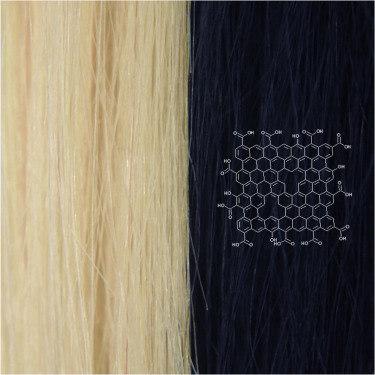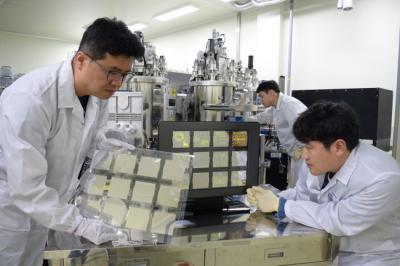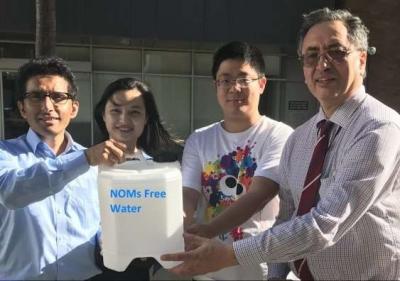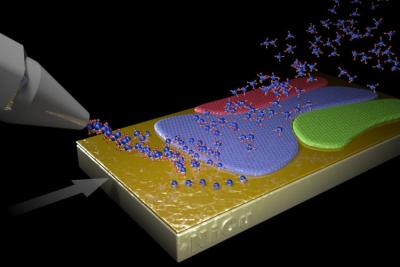Northwestern team develops multi-functional graphene oxide hair dye
Researchers from Northwestern University have developed a hair dye based on graphene oxide that "does not include toxic compounds commonly used in hair dyes". As an added bonus, graphene-colored hair enjoys much less electrostatic frizz. Due to graphene’s thermal conductivity, the dye may even help dissipate heat on hot days. The team has filed a provisional patent for the color.

The researchers "used the biopolymer chitosan and ascorbic acid (vitamin C) to disperse flakes of graphene oxide (GO)âand the darker derivative, reduced GOâin water," which reportedly formed a smooth coating on the hair surface.




